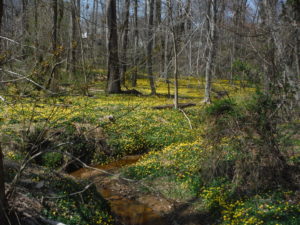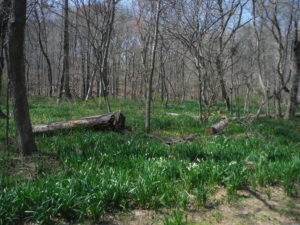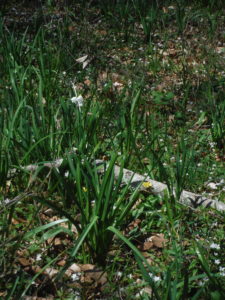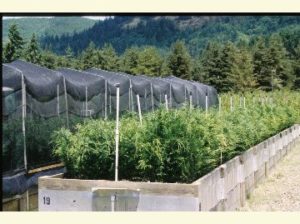 Port-Orford cedar resistance trials
Port-Orford cedar resistance trials
USFS Dorena Genetic Resource Center
In January I wrote about possible changes to the 2018 Farm Bill aimed at restoring tree species devastated by non-native insects and diseases. (Earlier, in July 2017, I had blogged about these and other proposed amendments to the Farm Bill. Here’s an update.
The House Committee on Agriculture has completed action on its version of the Farm Bill; it now awaits action by the full House. The House bill (H.R. 2) does not contain any of the proposals put forward by the Center for Invasive Species Prevention to improve both “rapid response” to introduced forest pests or long-term efforts to restore species devastated by such pests. It does contain very controversial provisions weakening the Endangered Species Act, National Environmental Protection Act, and Federal Insecticide, Fungicide and Rodenticide Act. The bill also makes major changes to the food stamp program. Most political analysists do not think the bill will become law in its current form.
We do not yet know what provisions will be in the Senate’s version of the Farm Bill. I am still hopeful that our proposals might be included in some form.
Meanwhile, Representative Peter Welch from Vermont has introduced a separate House bill: H.R. 5519. It would amend the Plant Protection Act in order to increase funding for both APHIS-led programs to eradicate or contain invasive species and for competitive grants to research specific questions related to the recovery of pest-decimated native tree species.
Specifically, Mr. Welch’s Invasive Species Prevention and Forest Restoration Act would:
- Strengthen the USDA Secretary’s authority to access Commodity Credit Corporation funds to supplement appropriations to counter non-native insects and pathogens and noxious weeds that threaten agricultural production (including forest resources).
- Create a competitive grant program to address the critical threat to numerous tree species posed by non-native plant pests and noxious weeds. The grants would provide up to $100,000 per year, over two to five years, to support research that promotes the restoration of affected tree species, including research on—
(A) biological control of plant pests or noxious weeds;
(B) exploration of genetic manipulation of plant pests or noxious weeds;
(C) enhancement of host-resistance mechanisms; and
(D) development of other strategies for restoring tree species.
These studies must be part of comprehensive forest restoration research.
The research institutions are to disseminate to the public tools and information based on the research conducted under this program.
Institutions eligible for funding under this program include:
(1) An agency of the Federal Government.
(2) A State cooperative institution.
(3) A college or university offering a baccalaureate or higher degree in the study of food, forestry, and agricultural sciences.
(4) A nonprofit entity described in § 501(c)(3) of IRS Code.
A committee of government experts would advise the Secretary of Agriculture on applying the funding criteria for the grant program. This committee would be composed of representatives of the USDA Forest Service, APHIS, and Agriculture Research Service; and State forestry agencies. This committee of experts would receive advice from a separate advisory committee composed of representatives of land-grant colleges and universities, affiliated State agriculture experiment stations, the forest products industry, recreationists, and conservation organizations.
Funds from the Commodity Credit Corporation (not subject to annual appropriations) are made available, beginning at $3 million in Fiscal Year 2019 and rising to $10 million in FY 2022.
Please ask your Representative to co-sponsor this bill. Also, ask your Senators to consider sponsoring a similar bill in the Senate (assuming that no such provisions are included in the Senate Farm Bill).
If these proposals are not included in the version of the Farm Bill that is adopted this year, there might be new opportunities to advance resistance breeding and similar programs in the future. As I noted in the March blog, a growing number of scientists and concerned stakeholders have developed proposals to expand resistance breeding programs. I hope that the several groups can coordinate their efforts and recruit supporters for a lobbying effort that will create a coordinated program to restore native trees devastated by non-native insects and diseases.
Posted by Faith Campbell
We welcome comments that supplement or correct factual information, suggest new approaches, or promote thoughtful consideration. We post comments that disagree with us — but not those we judge to be not civil or inflammatory.

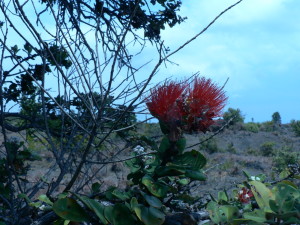
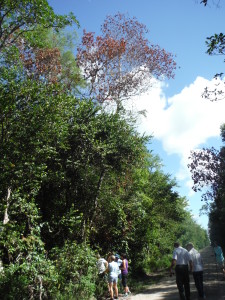 laurel-wilt killed swamp bay in the Everglades
laurel-wilt killed swamp bay in the Everglades
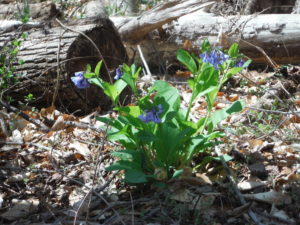
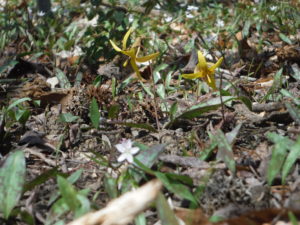 trout lilies & spring beauty
trout lilies & spring beauty